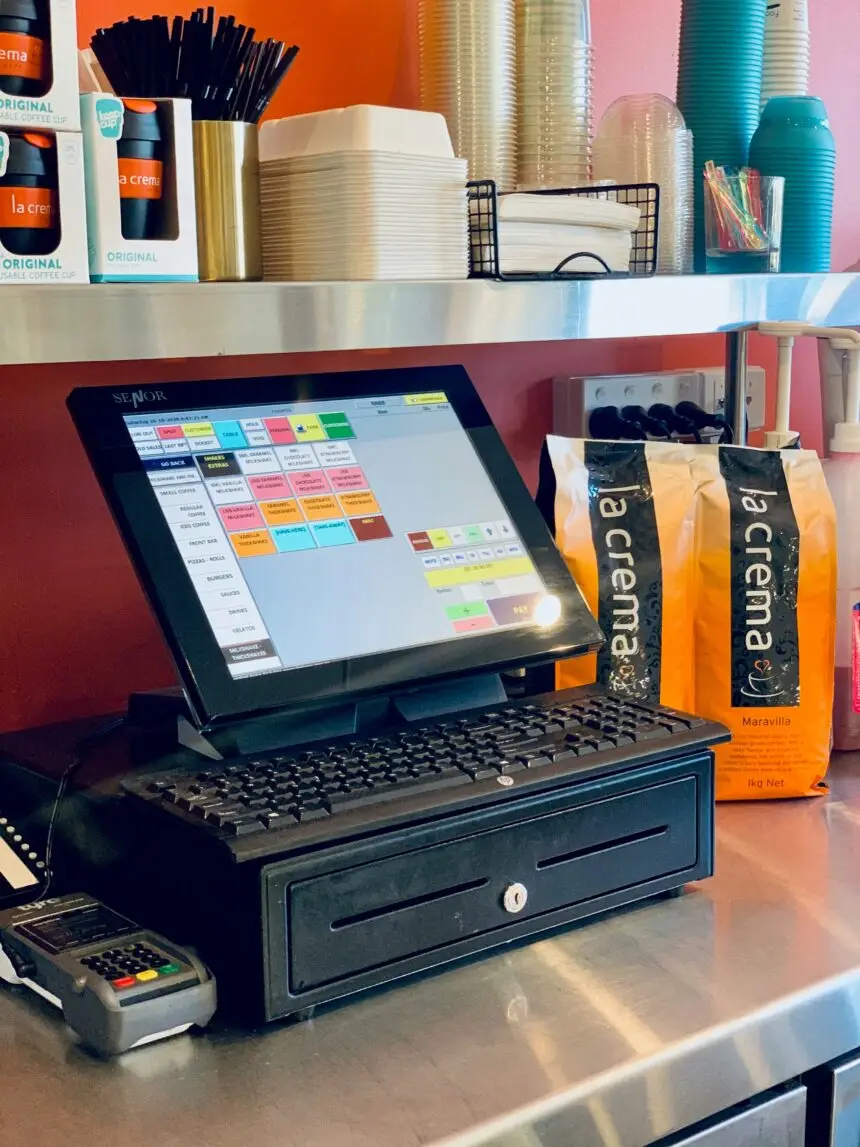1. 🎯 Proactive Demand Sensing and Forecasting Accuracy
The foundation of supply chain resilience is accurate prediction. Traditional forecasting models, which rely heavily on historical sales data, fail catastrophically when confronted with non-linear, external shocks like a sudden geopolitical conflict, a major pandemic, or volatile shifts in consumer behavior driven by social media.
- 1. 🎯 Proactive Demand Sensing and Forecasting Accuracy
- 2. 🛡️ Mitigating Cross-Border and Geopolitical Risk
- 3. ⏱️ Enhancing Real-Time Visibility and Incident Response
- 4. 🧠 The Integration Challenge: Data, Adoption, and Human Oversight
- 5. ♻️ The Ethical Supply Chain: AI for Sustainability and Transparency
Global Supply Chain 5.0 leverages Predictive AI—specifically, machine learning models like Recurrent Neural Networks (RNN) and Long Short-Term Memory (LSTM) models—to move beyond historical data. These systems draw from hundreds of real-time, external data streams:
- Macroeconomic Indicators: Currency exchange rates, inflation forecasts, commodity price futures, and global trade flow indices.
- Behavioral Signals: Social media trends, competitor pricing changes, real-time website traffic, and weather patterns.
- Geopolitical Events: Real-time monitoring of policy changes, tariff announcements, and labor dispute reports.
By integrating these complex, non-linear variables, AI significantly improves forecast reliability. According to a McKinsey report (1), applying AI-driven forecasting can reduce errors by 20% to 50%, which directly translates to a 65% reduction in lost sales and product unavailability. This accuracy is the first line of defense against market volatility.
2. 🛡️ Mitigating Cross-Border and Geopolitical Risk
Geopolitical friction—including trade wars, sanctions, and regulatory divergence (as discussed in Topic U)—creates immediate operational risk for multinational corporations. AI shifts the management of this cross-border uncertainty from a subjective analysis to a data-driven decision intelligence system.
AI for Predictive Risk Scoring
AI systems map the entire multi-tier supplier network, assigning a real-time risk score to every node, far beyond the direct Tier 1 suppliers. Platforms like Interos.ai (5) analyze over 80,000 risk-related datasets to flag potential disruptions.
| Risk Category | AI Data Signal Monitored | Proactive Mitigation Strategy |
| Geopolitical/Tariff Shock | Real-time analysis of trade policy announcements, political stability indices, and local regulatory changes. | AI recommends dynamic rerouting of high-risk shipments or pre-approving alternative suppliers in less volatile regions. |
| Financial/Supplier Viability | Continuous monitoring of supplier credit scores, bankruptcy filings, and payment history in local currencies. | Prescribes optimal inventory buffers for at-risk suppliers and initiates automatic procurement of necessary components from secondary sources. |
| Cybersecurity Vulnerability | Real-time scanning of third-party vendor APIs, software integrity checks, and open-source code dependencies. | Flags the risk of supply chain breaches (4) and triggers isolation or lockdown protocols for compromised vendors. |
Research shows that AI-enhanced models are significantly more effective than traditional econometric methods at predicting both short- and medium-term price changes resulting from tariff shocks, allowing companies to adjust hedging and pricing policies proactively (3).
3. ⏱️ Enhancing Real-Time Visibility and Incident Response
In a highly volatile global environment, minutes matter. The traditional approach to disruption—an alert from a supplier followed by an internal meeting—is too slow. AI enables near-real-time global visibility and autonomous decision support, allowing companies to act within minutes.
- Digital Twins and Simulation: AI uses digital twin technology to create a virtual replica of the entire supply chain. When a major disruption is flagged (e.g., a port closure due to a labor strike or weather event), the AI runs thousands of rapid simulations to model the impact of different responses (e.g., air freighting vs. ocean rerouting). The AI then generates the optimal response recommendation for human approval.
- Agentic AI for Automation: The ultimate goal for Global Supply Chain 5.0 is Agentic AI—autonomous systems that can execute low-risk, pre-approved mitigation tasks without human intervention. This includes automatically reordering standard components or rerouting a shipment to an alternative lane when a predefined risk threshold is crossed. Ninety-four percent of supply chain leaders (2) plan to use AI for decision support over the next two years.
This speed of response not only protects revenue but is a competitive advantage; the ability to adapt instantly defines market leadership in the modern era.
4. 🧠 The Integration Challenge: Data, Adoption, and Human Oversight
While the benefits are clear, the full realization of AI-driven supply chain resilience is hampered by integration and operational challenges. Successfully deploying AI at scale requires a strategic focus on data quality and change management.
| Challenge Area | Description of Barrier | Strategic Solution |
| Data Quality & Integration | AI models are only as good as the data they consume. Poor quality, inconsistent, or siloed data streams are the number one barrier to high-ROI AI solutions (6). | Centralizing data into a cloud-based ERP/data lake and investing heavily in data cleansing and governance pipelines before deployment. |
| Talent & Skills Gap | Lack of employees with the necessary skills to interpret AI insights, refine algorithms, and perform the final human-in-the-loop oversight. | Focused upskilling programs for existing supply chain managers, shifting their role from data collation to strategic judgment based on AI-generated recommendations. |
| Algorithmic Transparency | Reluctance to trust “black box” AI outputs for high-stakes decisions (e.g., canceling a multi-million dollar order based on a forecast). | Utilizing Explainable AI (XAI) techniques to provide clear, human-readable rationales behind every AI recommendation, building trust and facilitating adoption. |
By addressing these foundational challenges, organizations can ensure that the investment in AI moves beyond pilot programs to deeply integrated, enterprise-wide solutions, allowing the supply chain to function as a powerful, autonomous defense mechanism against global instability.
5. ♻️ The Ethical Supply Chain: AI for Sustainability and Transparency
The new frontier of supply chain risk is Environmental, Social, and Governance (ESG) compliance. With the passage of stringent regulations like the EU Corporate Sustainability Due Diligence Directive (CSDDD) (8), companies are now legally accountable for the labor and environmental practices of their entire value chain—not just their direct suppliers. AI is the only tool capable of managing this complexity at scale.
Traceability, Compliance, and Emissions
- Multi-Tier ESG Monitoring: AI systems use Natural Language Processing (NLP) to continuously scan vast amounts of unstructured data—news reports, social media, government records, and audit reports—to automatically flag indicators of forced labor, environmental breaches, or non-compliance deep within the Tier 2 and Tier 3 supplier base. This transforms ESG monitoring from a periodic, costly audit into continuous, real-time surveillance.
- Carbon Footprint Tracking: The largest component of a company’s environmental impact (up to 90%) often lies in its supply chain (Scope 3 emissions). AI algorithms are used for Intelligent Route Optimization, analyzing traffic, weather, and fuel efficiency data to determine optimal delivery routes, which reduces fuel consumption and carbon emissions (1, 7). They also track the embodied carbon of every component, enabling accurate and audit-ready ESG reporting.
- Waste Reduction and Circularity: By drastically improving demand forecasting accuracy (Section 1), AI inherently contributes to sustainability by eliminating the waste associated with overstocking, spoilage, and unnecessary transport (1, 7). Machine learning models can also optimize production scheduling to minimize energy-intensive downtime.
The ability of AI to integrate data from IoT sensors, ERP systems, and external sustainability databases allows companies to evaluate ethical and environmental indicators with unprecedented accuracy (7), moving them from merely complying with regulations to genuinely leading with transparent, sustainable sourcing practices.
In conclusion, Global Supply Chain 5.0 is defined by the symbiotic relationship between human strategy and AI speed. Predictive AI models have transformed the supply chain from a vulnerable, reactive liability into an adaptive, predictive asset. The competitive edge now belongs to firms that leverage AI not only to dodge macroeconomic shocks and geopolitical tariffs but also to establish verifiable, ethical, and sustainable operations across every tier of their global network.
Source List
- McKinsey & Company: Applying AI-driven forecasting can reduce errors by 20–50% (Report snippet focusing on error reduction and cost savings).
- ABI Research: 94% of companies plan to use AI for decision support in supply chains (2025 Survey Results on AI usage).
- World Journal of Advanced Research and Reviews: AI-Driven Forecasting of Supply Chain Shocks (Research on using RNN/LSTM models for tariff and trade shock prediction).
- SecureWorld: 2025 Supply Chain Threat Landscape: AI, APIs, and the Weakest Link (Analysis of rising cyber threats in supply chains).
- Interos.ai: AI-driven risk scoring based on more than 80,000 risk-related datasets (Reference to leading AI risk management platforms).
- PwC: 57% of operations and supply chain leaders have integrated AI into selected functions (2025 Digital Trends in Operations survey).







